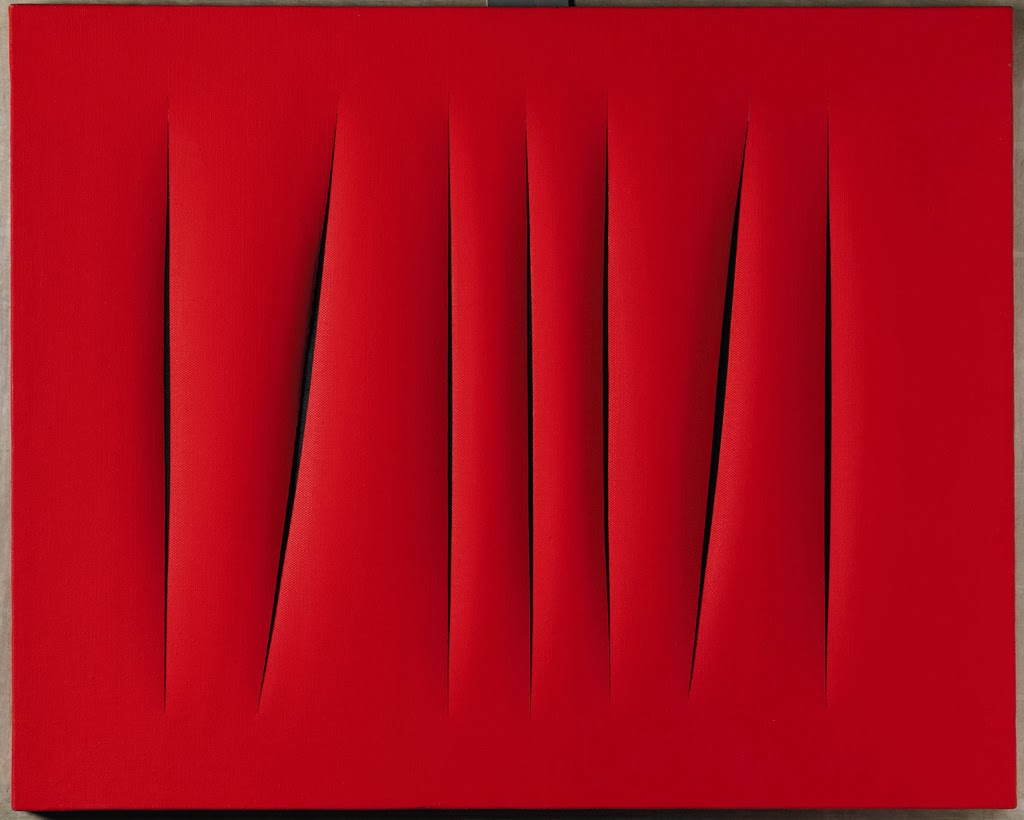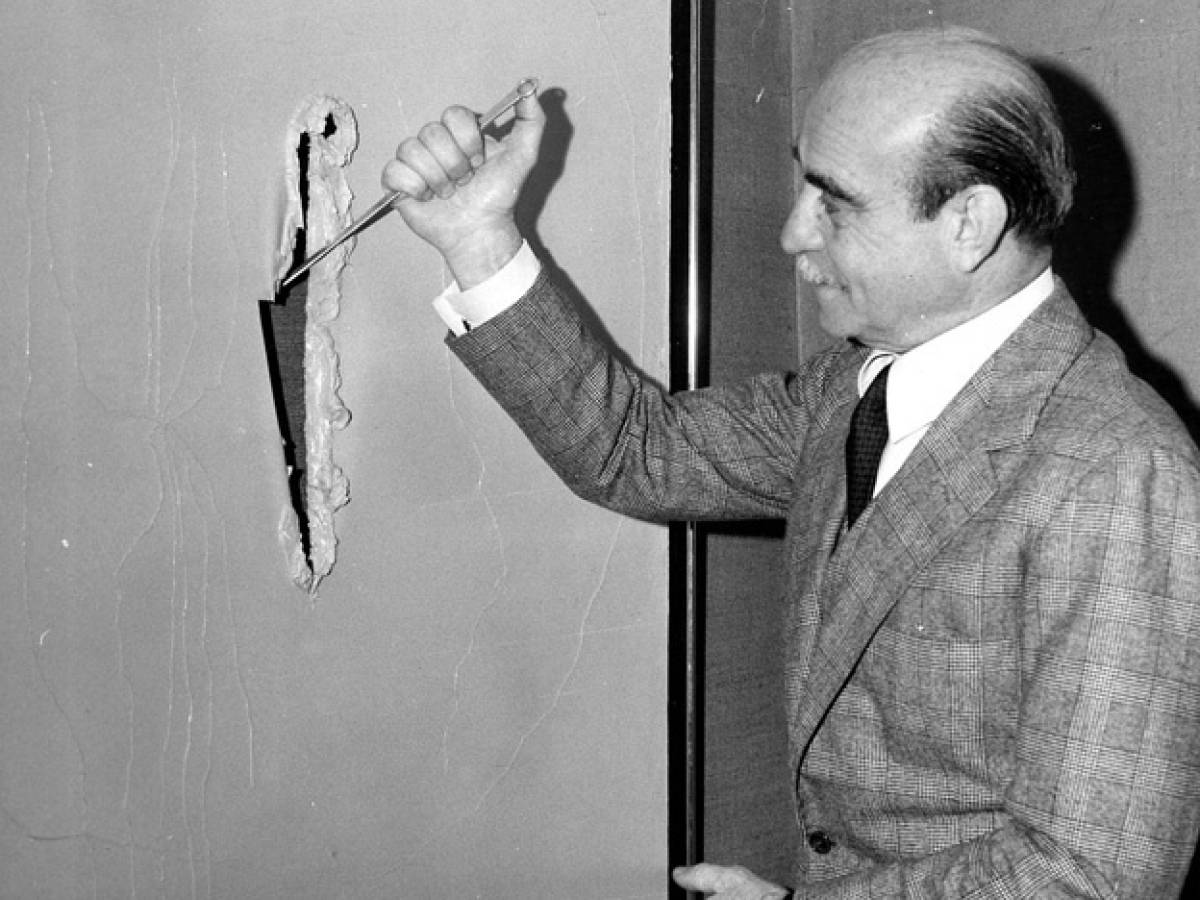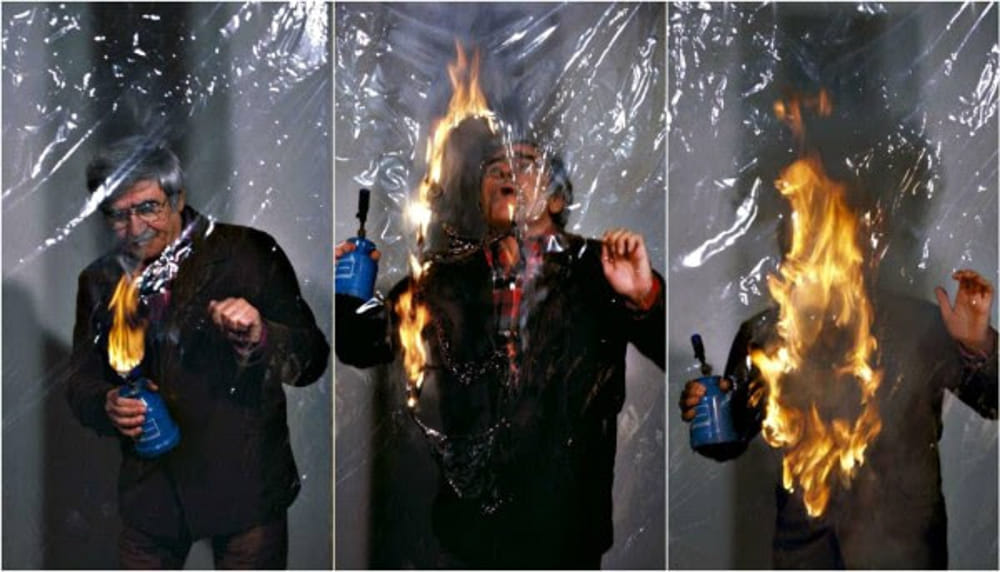
I have always wondered how historical events, especially the most tragic ones, deeply influence art. Of course, every time I try to give myself an answer, I am amazed by the strength with which art reacts to the tragic nature of life, and in this post I want to share with you information about an art movement that was born out of the devastation left by World War II: I am referring toInformal Art.
Informal Art is a movement, which marked the cultural history of the postwar period, that transformed pain and suffering into a unique expressive language. This post aims to immerse you in the complex evolution of Informal Art, exploring its origins, its leading exponents, and revolutionary techniques.
Informal art between history and innovation

Lucio Fontana
World War II left a scar on humanity, both in hearts and minds. It scarred European cities, destroyed pieces of history and broke up families. In this tragic context, art became detached from known reality, embracing a more pessimistic and individualistic vision.
Artists who found themselves living through the war events and the moment of reconstruction began to explore freer and more spontaneous forms of expression, using improvisation as a method to shape their art, eschewing any preordained planning.
Art’s Response to Human Madness
The horrors that emerged as a result of the atomic bombings of Hiroshima and Nagasaki, coupled with the discovery of the crimes of Auschwitz, prompted some artists to search through art for the possibility of imagining a different world, a reality that was detached from the present. In this context,Informal art took on the task of giving voice to the unspeakable, of transforming the absence of it into meaning, making it clear that the artist has a responsibility in a world experiencing a profound cultural crisis.
In all this, Italian Informal art developed along two main directions: one centered on the value of the pictorial sign and the artistic gesture, similar to AmericanAction Painting; the other characterized by the use of discarded materials and oil color employed in a dense and material way, with Alberto Burri as a leading figure.
These two directions reflect art’s need to search for an artistic language that could express the complexity of the post-war human experience, oscillating between the abstraction of gesture and the concreteness of matter.
Lucio Fontana and Spatialism
Lucio Fontana, from 1947, introduced with the Manifesto of Spatialism a completely new vision of art, going beyond the limits of the painting to explore three-dimensional space.
His famous cuts on canvas are not simply destructive acts but gestures charged with meaning, opening up to unexplored dimensions. This innovation not only redefines the concept of the work of art but invites a broader reflection on the role and potential of contemporary art.
Alberto Burri and the Informal Materico
Alberto Burri, by transforming poor and discarded materials into works of art, opened up new avenues of expression within Informal art.
His “Combustions” and “Cretti” are examples of how art can transcend the traditional boundaries of painting, inviting a meditation on the very nature of artistic creation and the possibility of finding beauty and meaning in what is generally considered residual or destroyed.

Alberto Burri
Informal Art could then have a meaning beyond the definition of an art movement. Informal art, in fact, is a powerful testimony to how art can evolve in response to collective trauma, becoming a tool for inner exploration and social critique.
Through its history and manifestations, this movement invites us to consider art not only as an aesthetic but as a form of continuous dialogue with the world, in perpetual search for new expressive possibilities.

